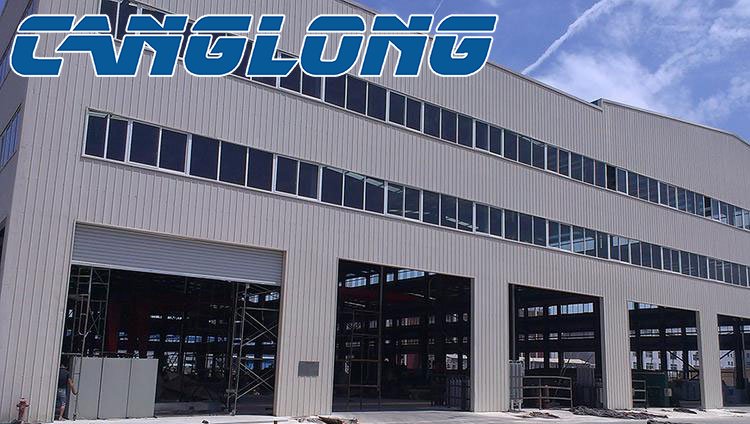Safety inspection and appraisal of steel structure workshops
The application of steel structures in the field of construction is becoming more and more extensive. Steel structure workshops are one of the main forms of workshops that many enterprises can choose for production. Due to historical reasons, many steel-structure industrial plants without formal planning, construction, and supervision are being used in large quantities, and there are great structural safety hazards. In order to ensure the structural safety of the factory building, it is particularly important to determine the structural safety of this phenomenon.
Steel structure buildings are different from ordinary reinforced concrete buildings, and require higher stability. According to incomplete statistics, among the buildings with structural safety accidents in the past ten years, 9 out of 10 buildings are steel structures. It can be seen that the accident rate of steel structure buildings is very high. The fundamental reason is that the steel structure building has light weight, large span, weak ability to resist wind and movement, and high stability requirements. However, the construction process is not good enough, often blind construction, risky and reckless, copying the construction experience of reinforced concrete into the steel structure, resulting in accidents such as skew, excessive deformation and even collapse. Therefore, steel structure buildings should be strictly required, constructed according to the plan, and should be inspected by a professional inspection company throughout the whole process or upon completion. After completion, regular observations should be made, usually once every ten years, to closely observe the development of the building.

It is well known that the primary problems of steel structures focus on the stability of the superstructure, the strength of the components and the stability of the foundation. We will start with the combination of these three points, and combine the order of judgment operations from shallow to deep to understand the important position of these three points in the safety judgment operation of steel structure workshops.
The stability of steel structures can be divided into two situations: the stability of the structure as a whole and the stability of the components themselves. The overall stability of the structure, in the longitudinal direction of the structure, is mainly guaranteed by the support system of the structure, such as the inter-column support of steel columns, the horizontal support and vertical support of the upper and lower chords of steel roof trusses, etc. Whether the support system can reliably transmit the longitudinal horizontal load of the structure (wind load, earthquake load, plant crane load, etc.). The lateral direction is guaranteed by the stiffness of the structure itself (frame or bent frame), and the first thing to consider is that the structure itself can reliably transmit the lateral horizontal load of the structure. The stability of the component itself is mainly guaranteed by the stiffness of the component parts themselves. It is necessary to ensure that the component itself and its components (rods or plates) do not buckle and lose stability under load. or on bending members.





